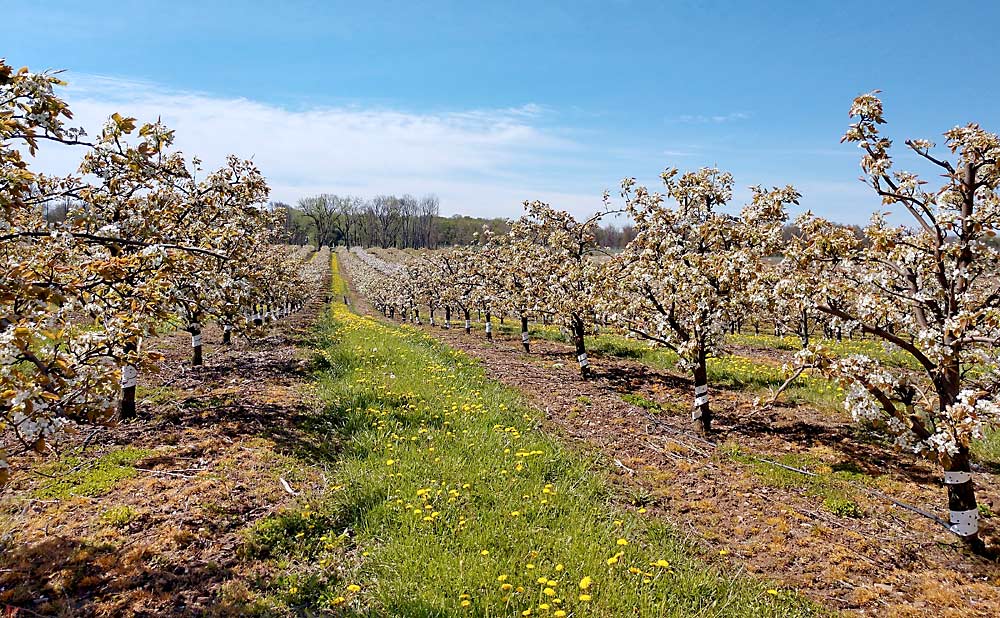
You can grow and sell Asian pears in the Mid-Atlantic and Northeastern U.S., but growing them requires fastidious care, and selling them requires the right sales niche.
That’s the consensus from three Asian pear orchardists interviewed by Good Fruit Grower magazine. The three focus almost exclusively on Asian pears, and none of them fit the typical profile of a multigenerational family farm.
With Asian pears, fruit quality and value are closely correlated with size — hence the need for detailed pruning and careful hand thinning. The bigger the pear and the better the taste, the higher the price, said Dan Ward, an associate professor and extension specialist with Rutgers University who has studied Asian pears in the past.
Subarashii Kudamono
In Eastern Pennsylvania’s Lehigh Valley lies Subarashii Kudamono, an orchard that grows its own patented Asian pear varieties. The pears are sold online, usually in mail-order gift baskets, or to restaurants. Orchard manager Tyler Hollenbach wouldn’t give the exact acreage, but he described the orchard as “pretty small.”
“Subarashii Kudamono” is Japanese for “Wonderful Fruit.” The orchard’s origins go back to the 1970s, when Joel Spira, an inventor and founder of Lutron Electronics, was served Asian pears during a business trip to Japan. He liked them so much he brought seeds home. With help from his wife, botanist Ruth Rodale Spira, he expanded his plantings and bred his own pear lines, eventuating in the seven patented varieties the orchard grows today, Hollenbach said.
“They loved this fruit and could not get it anywhere else in the world,” he said.
Subarashii Kudamono is now owned by the Spiras’ daughters, but Hollenbach runs its day-to-day operations with a small crew of local workers. The orchard’s patented varieties — with names including LilySan, AnaSan and AsaJu — are grown on Pyrus betulifolia, a standard-size rootstock common for Asian pear plantings. Hollenbach and his team are transitioning some of the acreage to higher-density plantings.
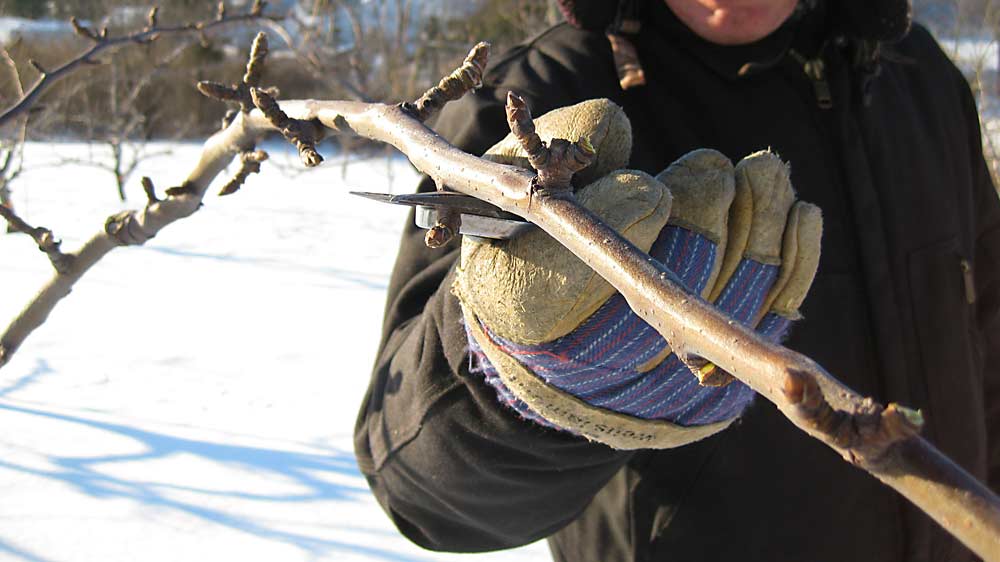
Subarashii Kudamono sells two grades of fruit. Gourmet pears are put in mail-order gift baskets and sold during the holidays. Culinary pears — those with slight imperfections — are sold to restaurants. The pandemic drove a significant decline in restaurant sales in 2020, but the orchard had a high percentage of gourmet fruit last year, which helped make up for the loss, Hollenbach said.
He said a mature Asian pear tree can produce anywhere from 800 to 1,000 pieces of fruit, whereas he wants 50 to 75 high-quality pears. That results in a very intensive thinning process. The most important task is hand thinning, which usually takes place in June or July. They meticulously examine each small pear, and if it doesn’t have the right shape or look they remove it.
Subarashii Kudamono’s harvest usually starts in late September and runs into early November. In 2019 — a very wet, warm year — it started in July.
“When it ripens, we pick it,” Hollenbach said.
They only pick tree-ripened pears. They’ll go through the trees as many times as needed until all the pears are ready. They store the ripe pears in coolers at 38 degrees Fahrenheit for three or four months. Some varieties can store longer, but they always sell out by the end of December, he said.
Pear psylla is the orchard’s biggest pest problem, but applying a mixture of kaolin clay and mineral oils on the trees keeps it at bay. Fire blight hasn’t been a problem for the last several years, though they’ve had outbreaks in the past. If they find a tree with cankers or other telltale signs of blight, they immediately remove it from the orchard.
Invasive species are another concern. Subarashii Kudamono is a 20-minute drive from Allentown, the epicenter of the brown marmorated stink bug’s population explosion in 2010. BMSB was a “huge problem” for a few years, damaging more than half of their pears. The population settled down, however, and is now kept under control. Another recent invader, the spotted lanternfly, has devastated nearby vineyards but hasn’t yet touched their Asian pears, he said.
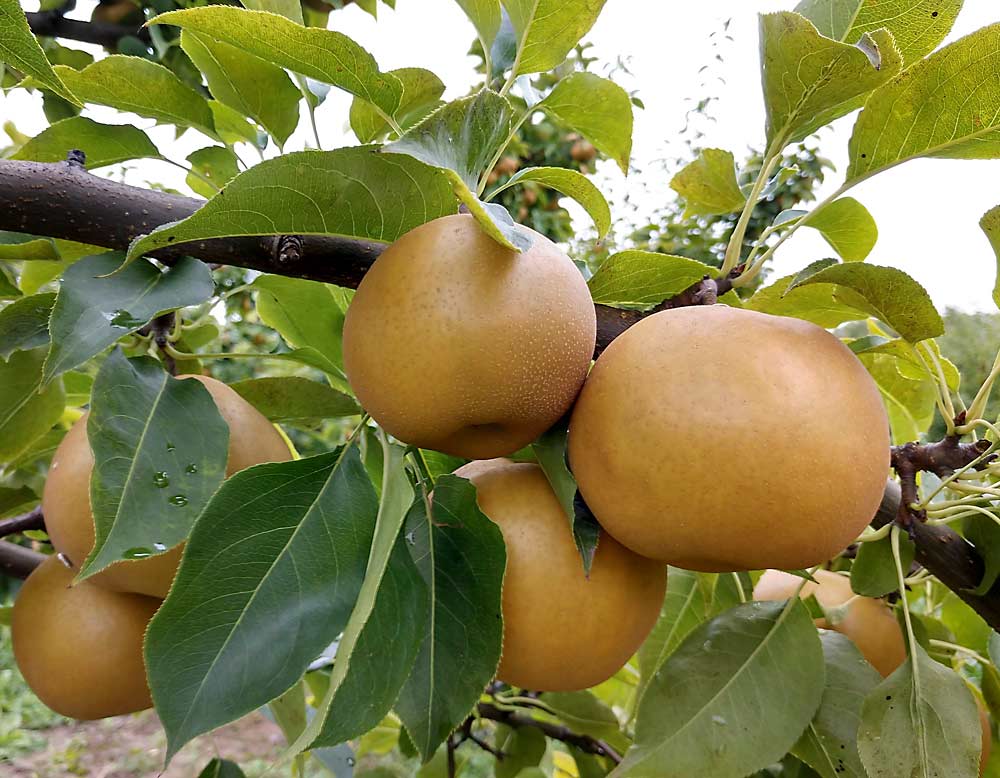
Ontario Pear
In Western New York’s apple region, just south of Lake Ontario, at least one grower is making Asian pears work — but it hasn’t been easy. Dan Stein started Ontario Pear in 2010, planting 10 acres of pear trees on P. betulifolia. He now grows 15–16 acres. His varieties include Olympic, Hosui, Kosui, Ya Li and Niitaka.
Stein, who grew up in New York City, doesn’t have a fruit background. In hindsight, he’s not sure diving straight into commercial production the way he did is the best way to go about it. He thought he would just plant the trees and collect the pears — he didn’t put much thought into where he would sell them. He soon learned that he needed to spray pesticides, which required a sprayer and a better tractor; he needed to mow his rows, which required a mower; he needed an electric pruner, because hand pruning wore his hands out. Pear psylla and fire blight require constant management. Some Asian pear varieties are “ridiculously sensitive” to fire blight, he said.
“Apple growers think their varieties are sensitive, but they haven’t grown an Asian pear yet,” Stein said.
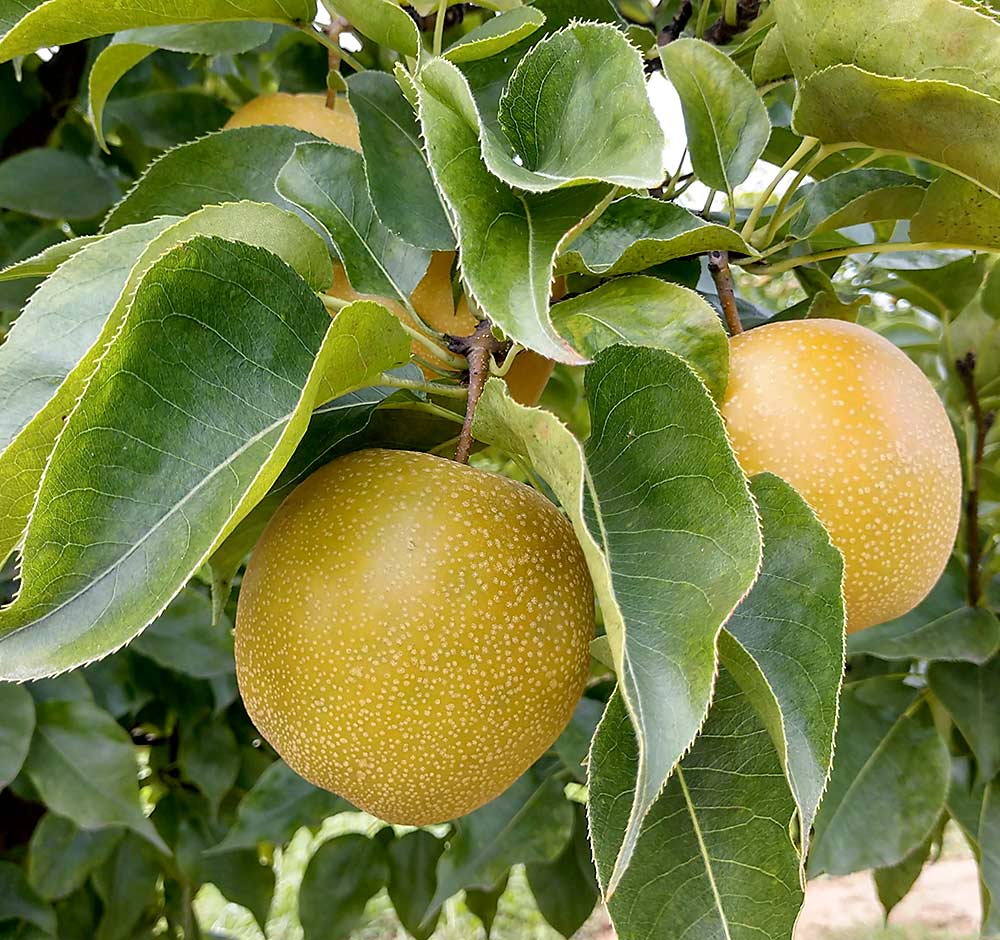
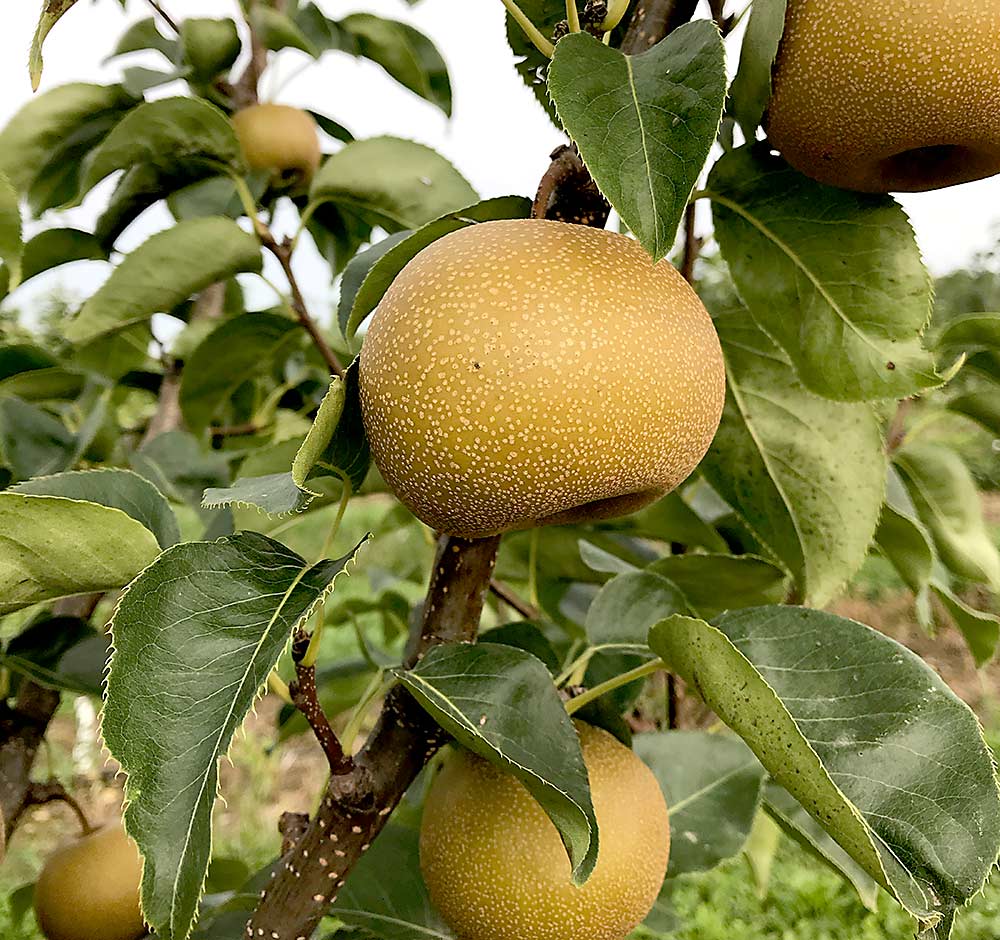
The orchard has always been a part-time endeavor for Stein, but you wouldn’t know it from his workload. He does most of the work himself, spending hours pruning every Saturday and Sunday in winter.
Stein eventually found his sales niche — a mixture of U-pick, farmers’ and public markets, online sales and pear juice — but it took him a decade to develop. His main customer base is Rochester’s Asian-American population, but he gets visitors from up to 150 miles away.
Stein’s customers expect large, high-quality pears, and that requires a lot of up-front horticultural management. Asian pear trees are “fruit factories” that don’t respond as well as apples to chemical thinners, he said, but leaving too much fruit on the tree leads to smaller pears and risks biennial production.
“If you don’t hand thin, the penalty is pretty severe,” he said. “It’s generally a two-year mistake.”
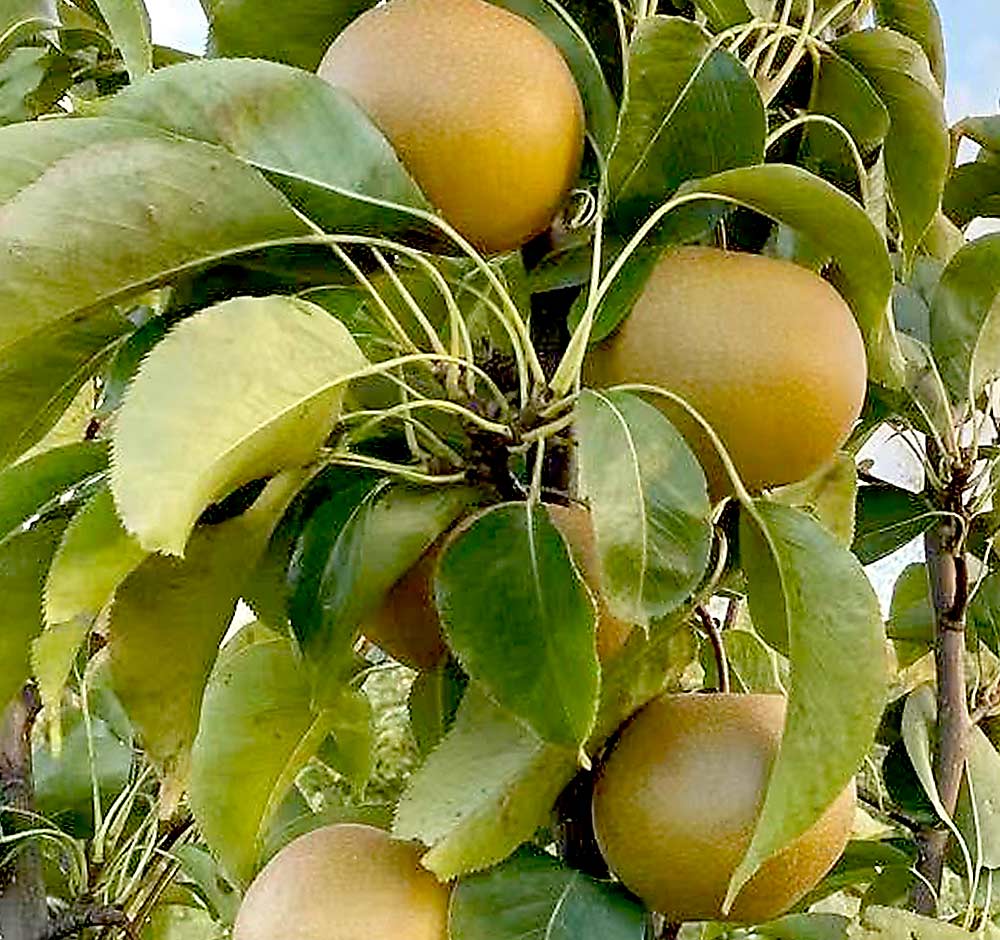
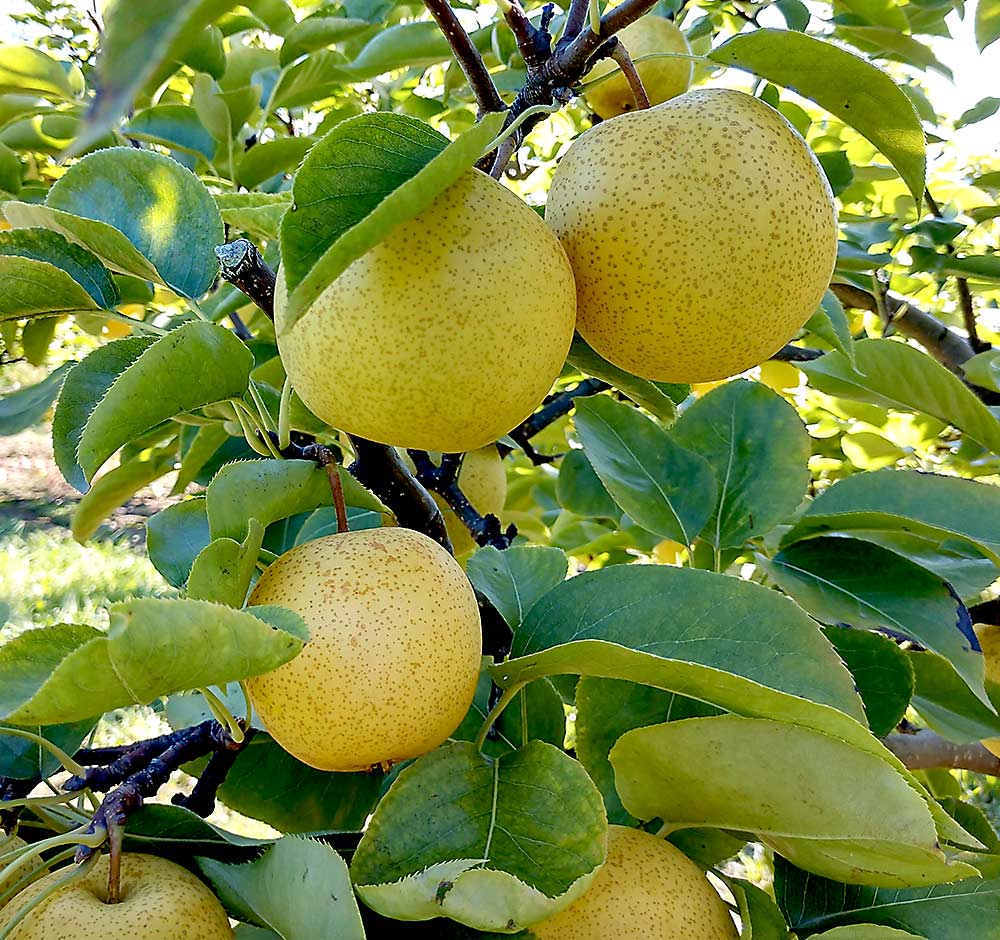
Evergreen Farm
Chong Il Kim grows 125 acres of Asian pears in Central New Jersey. His orchard, Evergreen Farm, is a popular U-pick destination. The large Asian-American population in and around New York City has always been his core customer base, but his pear sales continue to expand. He now sells most of his pears to Whole Foods, which distributes them up and down the East Coast.
Kim grew up on a pear orchard in Korea. When he moved to New York City in 1984, he couldn’t find the flavorful pears he was used to, so he decided to grow them himself. His first orchard fell victim to fire blight and went under in 2007. Kim decided to give it another try and bought a former soybean farm along Interstate 95 near Trenton, New Jersey.
During U-pick season, which runs from late September to early November, Evergreen Farm gets 2,000 to 3,000 visitors a day. Its location just off the turnpike is an advantage, especially when drivers see the unusual tree tunnels, he said.
Kim trains his trees to curve at the top and join together to create arches, or tunnels. Pickers can reach all the fruit easily by hand, whether on the ground or standing on a wagon. He said the tunnel method, which he learned in Korea, is easier to manage than letting the trees grow naturally. His two main varieties are Shinko and Golden.
Kim said growing Asian pears in the United States takes a lot of care. Labor is his biggest cost. On top of all the trimming, pruning and training, his workers wrap protective paper over every young pear on the trees. The protective wrapping, common in Korea, isn’t removed until harvest. •
—by Matt Milkovich
Trialing Asian pears in Pennsylvania
Eastern growers curious about growing Asian pears can learn from Penn State University horticulture professor Rob Crassweller, who has been trialing multiple varieties in Pennsylvania.
Crassweller grows the Ishiiwase, Hosui, Yoinashi, Atago, Shinko, Shinsui, Ya Li, Olympic, Shinseiki, Kosui and Niitaka varieties on Pyrus betulifolia, planted at 10 feet by 20 feet in 2010. Because the trees are generally tall and narrow, he probably could have planted them closer together, he said.
It is difficult to know when Asian pears mature, and they require multiple harvests, Crassweller said. The fruit is susceptible to bruising and skin abrasions from rough handling. And due to early bloom, they should only be planted on the best sites.
Olympic has been the best-performing variety in his trials, but it’s the last one harvested and can be subject to killing frosts. It’s also subject to internal flesh browning in warmer years, he said.
—M. Milkovich

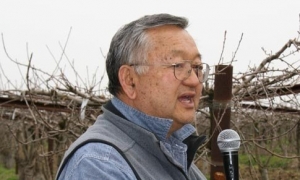
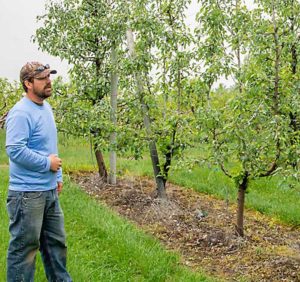





Im grafting some different pears on my pear tree in Toronto Canada, just want to know where can I get Asian pear ?
Ken Li
Hi Ken, I’d start by checking with a local fruit tree nursery in your area. If you have no luck there, you could try checking with Rob Crassweller, who has been working with Asian pears at Penn State University: https://plantscience.psu.edu/directory/rmc7
Hi Matt, It was interesting to read your article on Asian pears.
We grow around two hectares of Nijisseiki in the Adelaide Hills in South Australia and sell the majority over a 6 month period to the specialty fruit shops in SA. They certainly require a lot of detailed hand work but when grown and stored well are excellent to eat. Thanks John Magarey
I’ve been grafting Asian pears on the Invasive Bradford pears with great success.I start with small trees and have 4-6 varieties on them. I expect this year as there is a lot of two year wood and no Bradford limbs left
Lots of free rootstock around then!
Great read and some good insight. I just learnt this year – 2024 (after doing this for 6 yrs past) that what I have is a Japanese pear tree in my front lawn! The fruit is delicious and the envy of every squirrel in the neighborhood. If I get 30 pears to eat and distribute to family and friends I consider it a bumper year. I tend to my solitary tree with organic pesticides, fruiting tree fertilizer spikes and a lot of manual labour.